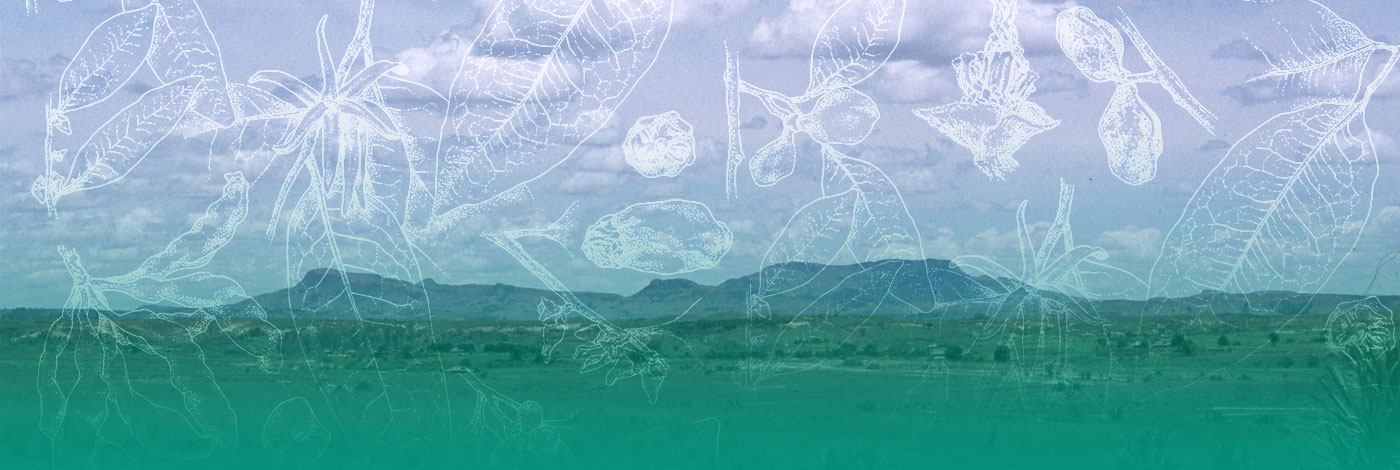

 Adansonia
44 (10) - Pages 81-90
Adansonia
44 (10) - Pages 81-90Succulent angiosperm plants are characterized by the presence of large amounts of water storage tissue as an adaptation to habitats where water is unavailable seasonally or in microhabitats where water is of limited access. In this study, I describe the anatomy of stem and caudex of ten species of succulent plants from eight plant families in the Rosids clade. There are two characteristics of wood among all species with single continuous cambium or successive cambium: 1) extensive parenchyma tissue in ray system and/or axial system; and 2) extensive thin-walled fiber tissue in the axial system. Out of ten species, five present proliferation of the parenchyma tissue in their radial system: Ceropegia africana R. Br., Momordica rostrata Zimm., Oxalis megalorrhiza Jacq., Adenia glauca Schinz and Cyphostemma juttae (Dinter & Gilg) Desc. Five species were fibrous-wood succulents: Jatropha curcas L., J. macrantha Müll. Arg., Adenium obesum (Forssk.) Roem. & Schult., Pelargonium carnosum (L.) L’Hér. and Moringa drouhardii Jum. Out of ten, one presents an axial system without visible fibers: Cyphostemma juttae (Dinter & Gilg) Desc. Despite to belong to seven different orders, the studied species show structural similarity: extensive parenchyma in the ray system and thin-walled fibers in the axial system. These results suggest multiple independent origins for the anatomical structure of succulence.
Succulence, parenchyma, fibers, vascular cambium, wood